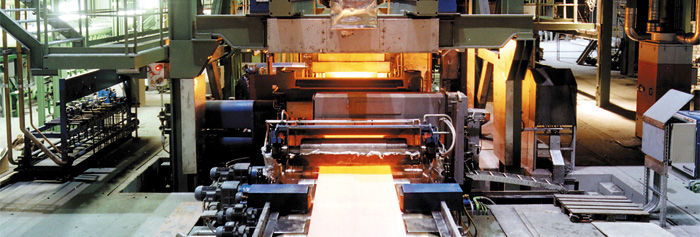Stainless Steel and the Cost of Commodities
The price of stainless steel is currently on the rise, driven by many factors. A crucial factor is the price of the commodities used to create the metal, each of which is subject to its own fluctuations from day to day. So what exactly are the major commodities used to create stainless steel?

There are up to 8 commodities required in the production of various types of stainless steel. These are:
-
Carbon
-
Phosphorus
-
Manganese
-
Sulfur / Sulphur
-
Chromium
-
Silicon
-
Molybdenum
-
Nickel
The commodities are used in varying quantities when producing different types of stainless steel, more detailed information about which can be found below.
Grade 304. Also commonly known as A2, this is the basic stainless steel alloy and contains 18% chromium minimum, along with 8% nickel. It is nonmagnetic and austenitic, meaning that it requires cold working processes in order to obtain the maximum tensile strength. The chromium content of Grade 304/A2 stainless steel gives good resistance to oxidation and corrosion, enhanced by the chemical-reducing nickel. Wherever stainless steel is specified, Grade 304 is the chosen type in more than half of any given situations. Its immunity to all types of food mean it finds extensive use in food-related industries from production, storage and transport to catering and hospitality.
Grade 316. This grade can also be referred to as A4 and is designed for severe environments where Grade 304/A2 will not suffice in terms of corrosion resistance. It shares many of the former’s properties in that is nonmagnetic and austenitic but a greater level of corrosive attack can be successfully resisted, such as that from brines of sodium/calcium, phosphoric acid and other industry chemicals. Grade 316/A4 has a higher nickel content and also contains up to 3% molybdenum. Uses include heavy industry equipment components, fasteners in the marine environment (such as on oil rigs) and surgical implants.
As you can see Nickel is a key commodity in both these grades, it trades daily on the London Metal Exchange (LME) not only has there been significant increases in the daily price since the beginning of 2016, since November a further 8% has been added. Sometime with world events creating unstable markets for stocks and shares, commodities can be seen as a better bet. The result is the markets for materials such as stainless steel can suffer with higher prices.
BS Stainless are expert suppliers of stainless steel in all its many grades, whatever format you require it in from wire to sheet. We create bespoke products of world-class quality and have many years’ of practical experience that we invite you to benefit from.